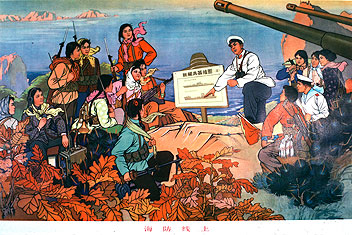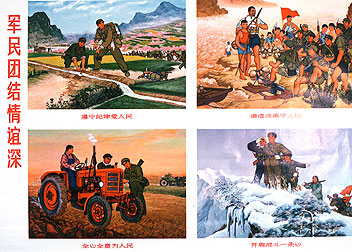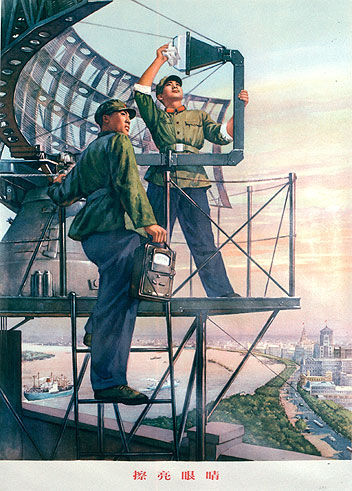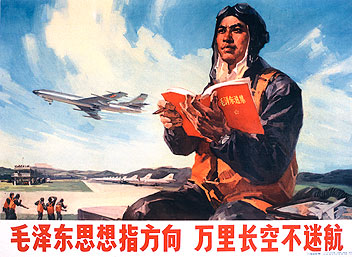Military Affairs
Defence in China has been based on conscription although enrolment has never been higher than ten per cent of those eligible. Most conscripts were recruited into the army which at the time, similar to other forces, inherited traditions from before the liberation in 1949. Thus, great attention was given to relations and collaboration with the people. Soldiers were generally engaged in a number of civilian tasks, primarily in construction works and in agriculture but also in other sectors.
However, military equipment was dominated by simple weapons and remained quite unpretentious compared with those of armed forces in other countries. Consequently soldiers had limited mobility which had its origin in MaoZedong’s idea that individual soldiers play the dominant role in armed struggles This thinking was still dominant in the conflict with the USSR in the early 1970s.
Modernization
China developed its nuclear defence force that was simultaneously a warning to both to the US and USSR, and a first nuclear testing took place in October 1964. The air force at the same time was using rather outdated equipment which also applied to the navy and coastal defence. The development of petroleum resources and marine resources influenced the views on the role of the navy. Subsequently, the modernization of the navy came to be seen as a significant part of overall modernization of China’s defence forces. Until then a continued reliance on people’s defence and a selective modernization was well suited to China’s economic conditions.

On Coast Guard Duty (312-29-109)

Deep Friendship between Army and People (312-12-92)

Work hard to establish Strong Navy (312-40-120)

Cleaning the Eyes (Radar) (314-48-288)

With Guidance of Mao Zedong Thought – Not lost in 10,000 Miles of Flying (311-56-56)
